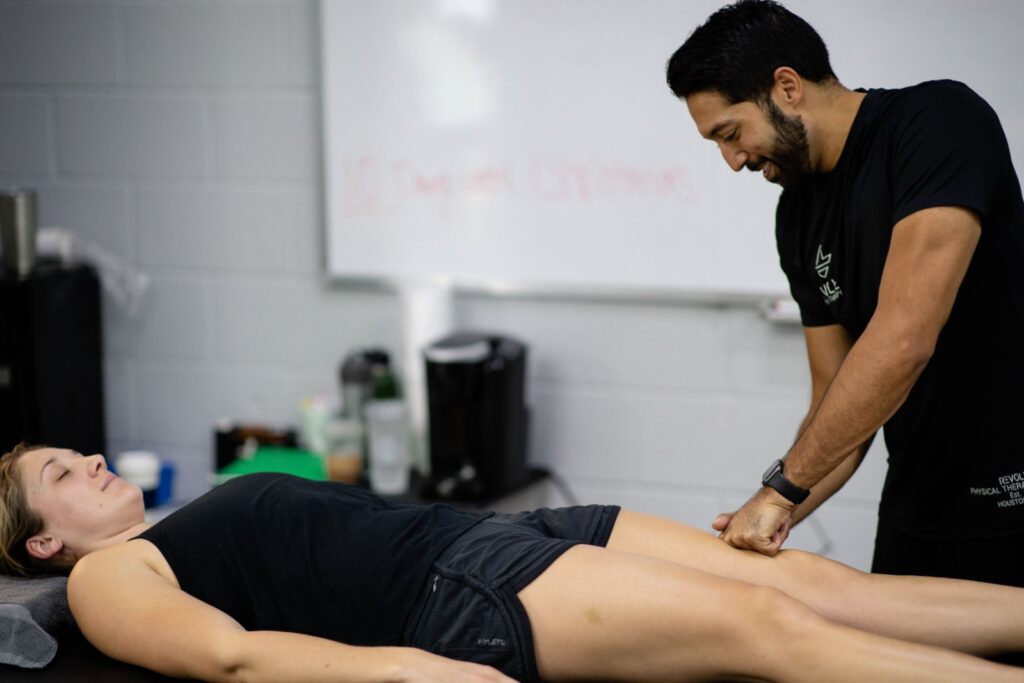Today, we’re delving into an important topic that affects many individuals, especially postpartum women: Diastasis Recti. This condition involves the separation of the abdominal muscles, which can lead to various issues like weakened core strength, lower back pain, and poor posture. However, there’s good news! With the guidance and expertise of a skilled physical therapist, diastasis recti recovery becomes an achievable goal. In this blog, we’ll explore how physical therapy plays a vital role in restoring core strength and overall well-being.
Understanding Diastasis Recti
Diastasis Recti is a common condition that often occurs during pregnancy as the growing uterus causes the abdominal muscles to stretch and separate. However, it can also affect men and women who engage in repetitive or strenuous activities that strain the core muscles. The separation of these muscles leaves a gap between them, resulting in a bulging or “doming” appearance when performing certain movements.
Aside from the cosmetic aspect, diastasis recti can lead to functional problems. The weakened core can impact daily activities such as lifting objects, bending over, or even getting out of bed. Additionally, it may contribute to back pain, pelvic floor dysfunction, and urinary incontinence.
How Physical Therapy Can Help
Physical therapy is a non-invasive and effective approach to addressing diastasis recti and its associated challenges. A licensed physical therapist with experience treating this condition plays a crucial role in guiding individuals through their recovery journey. Here are some ways physical therapy can help:
- Accurate Assessment: The first step to designing an effective treatment plan is a thorough assessment of the individual’s condition. A physical therapist will evaluate the degree of abdominal separation, core strength, and any related issues. This assessment is critical to developing a personalized treatment approach.
- Targeted Exercises: Contrary to popular DIY trends, performing random exercises found online may not be the best solution. A physical therapist will prescribe specific exercises tailored to each individual’s needs. These exercises focus on re-engaging the deep core muscles while avoiding movements that can exacerbate the condition.
- Core Strengthening: Building core strength is a primary goal in diastasis recti recovery. However, crunches and sit-ups are generally discouraged as they can worsen the separation. Instead, physical therapists utilize specialized exercises like pelvic tilts, transverse abdominal activations, and pelvic floor exercises to rebuild core stability.
- Posture and Body Mechanics: Proper posture and body mechanics are essential to supporting the healing process. Physical therapists educate patients on how to maintain optimal alignment during daily activities, ensuring that the core is protected and engaged correctly.
- Breathing Techniques: Breathing patterns are closely connected to core functions. Physical therapists teach diaphragmatic breathing techniques to improve core activation and overall diastasis recti recovery.
- Manual Therapy: In some cases, manual therapy techniques like myofascial release may be used to address tight or restricted muscles that could be contributing to the condition.
- Gradual Progression: Patience is key to diastasis recti recovery. Physical therapists guide patients through a gradual progression of exercises, ensuring that the muscles are challenged without overexertion.
Conclusion
Diastasis Recti can be a challenging condition to deal with, but with the right guidance, it is possible to regain core strength and improve overall well-being. Physical therapy offers a safe and effective path to recovery by providing personalized exercises, addressing body mechanics, and offering expert support throughout the process.
If you’re experiencing diastasis recti, we encourage you to seek the assistance of a qualified physical therapist in Houston. Remember, each person’s journey is unique, and by investing in professional guidance, you can achieve the best possible results and pave the way for a healthier, stronger future.

